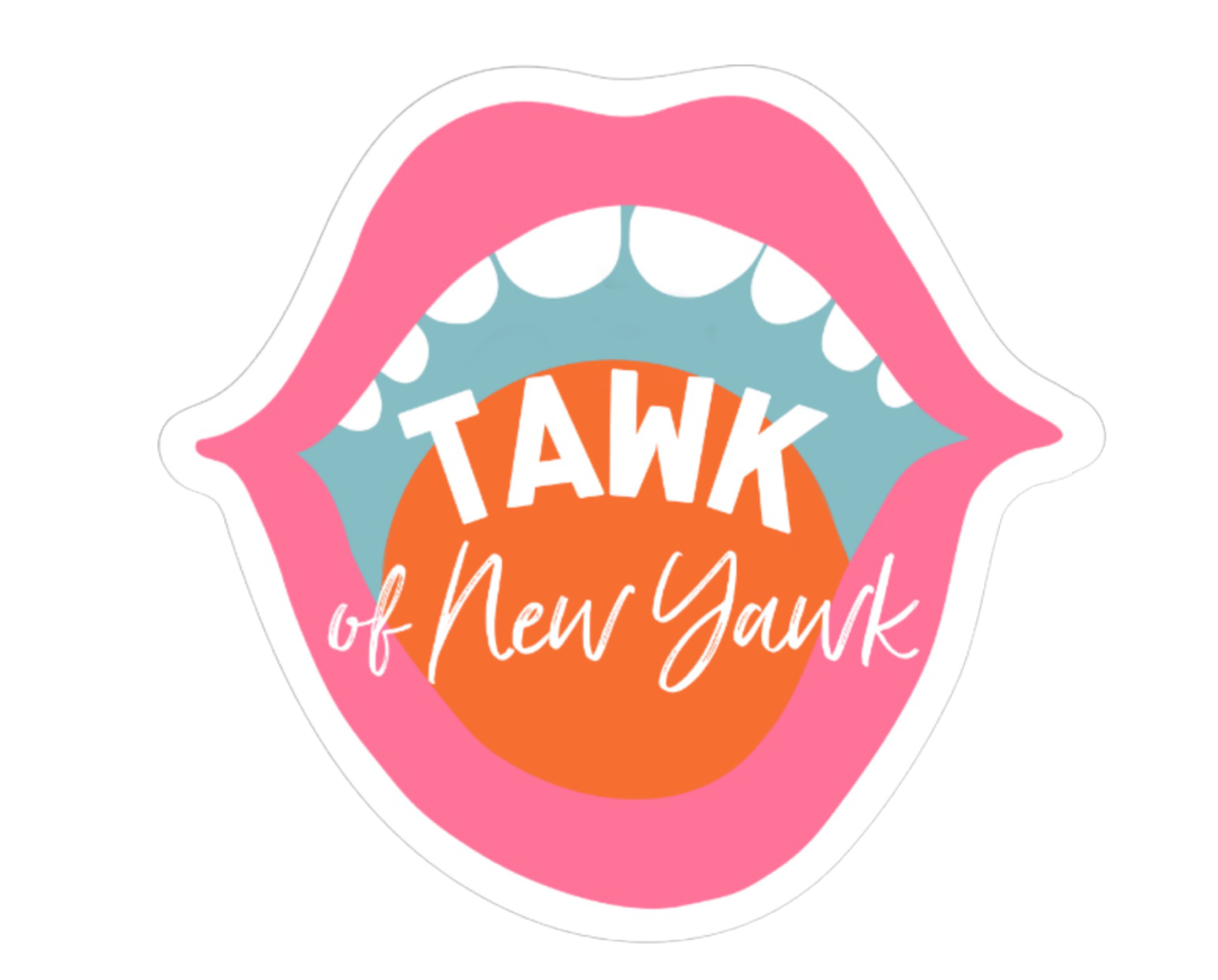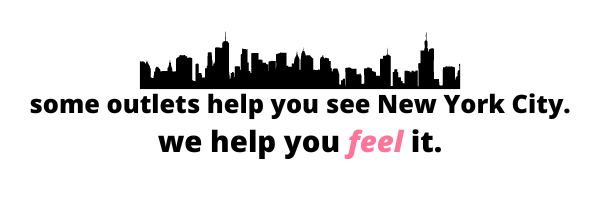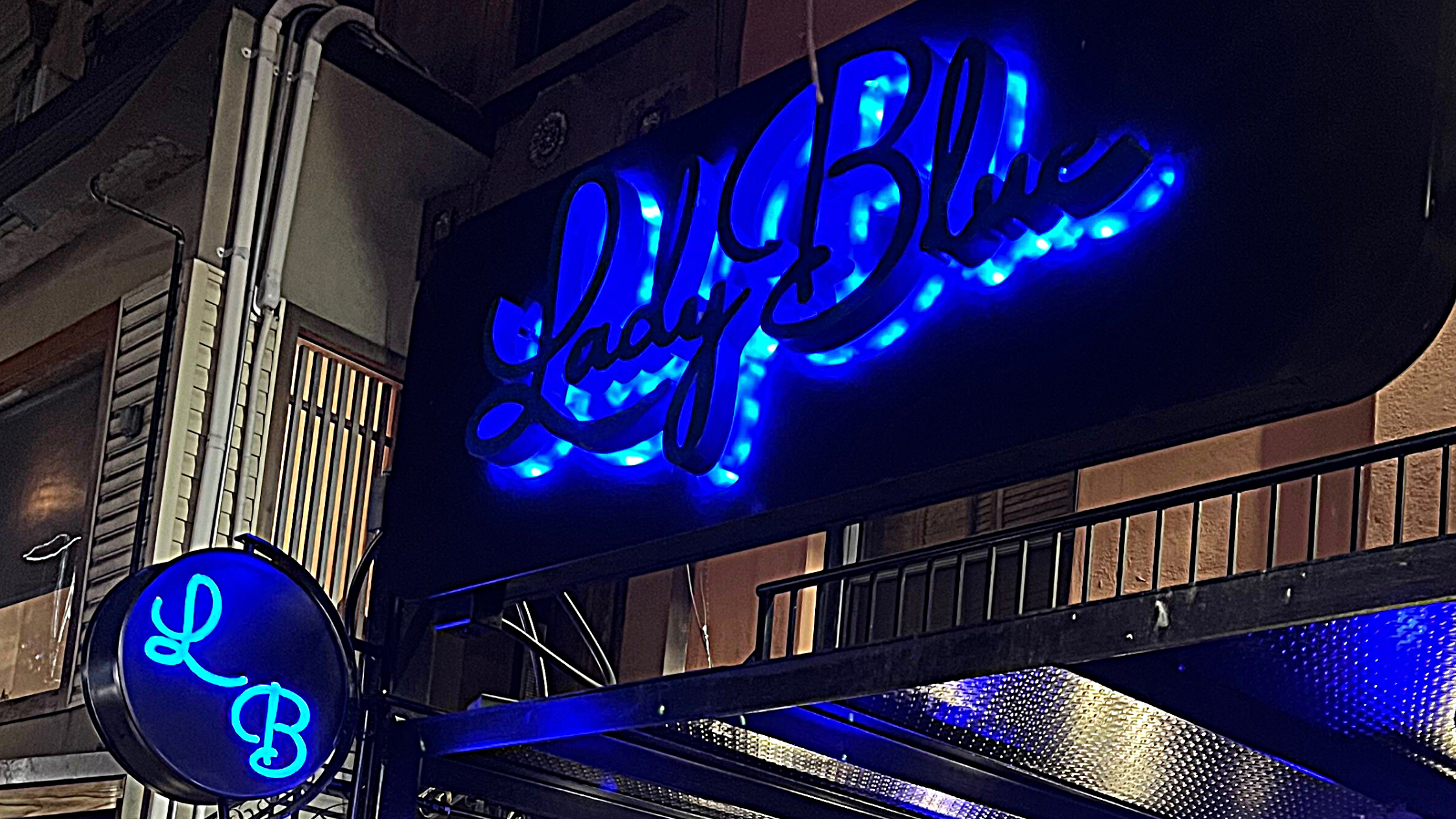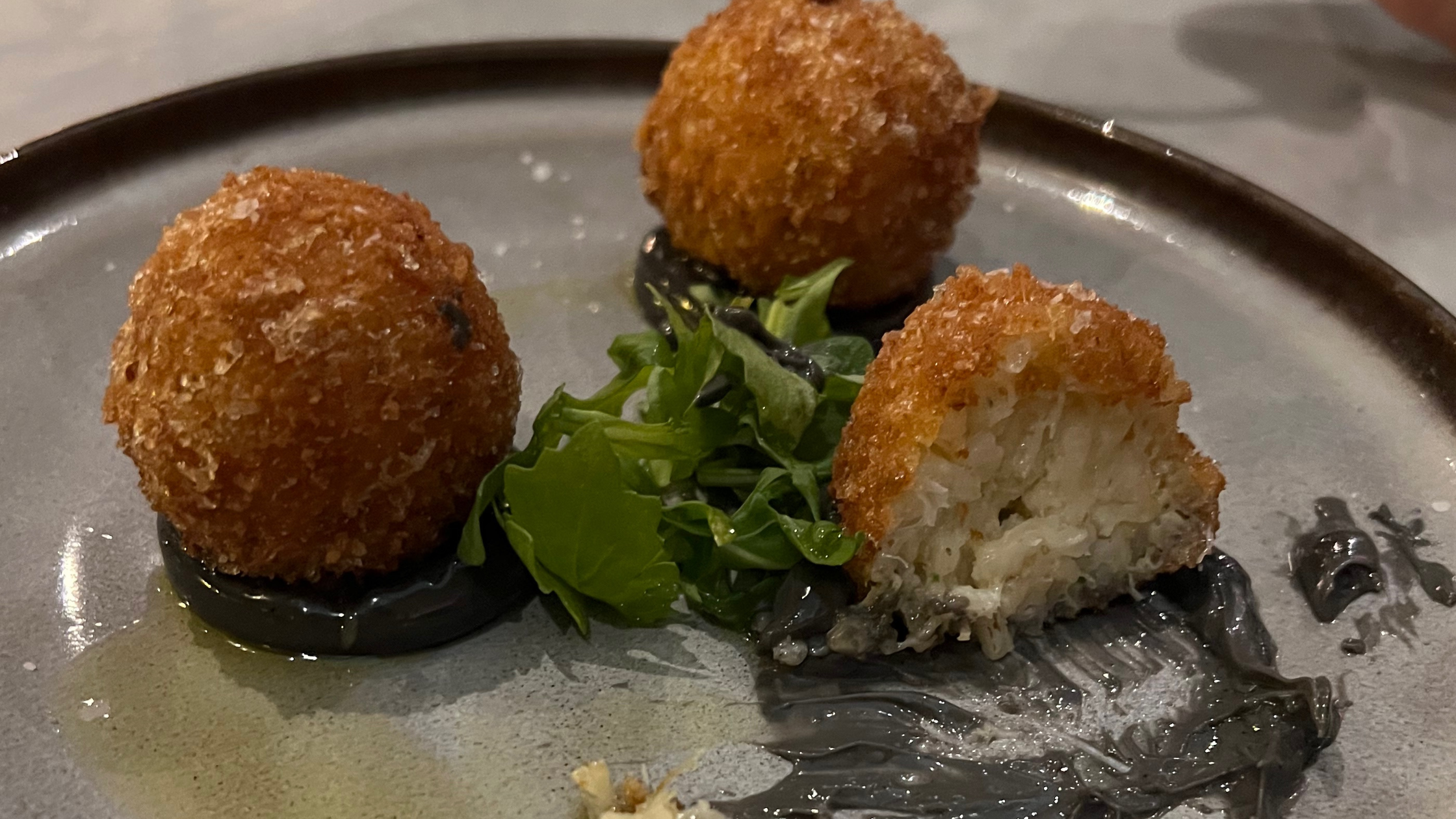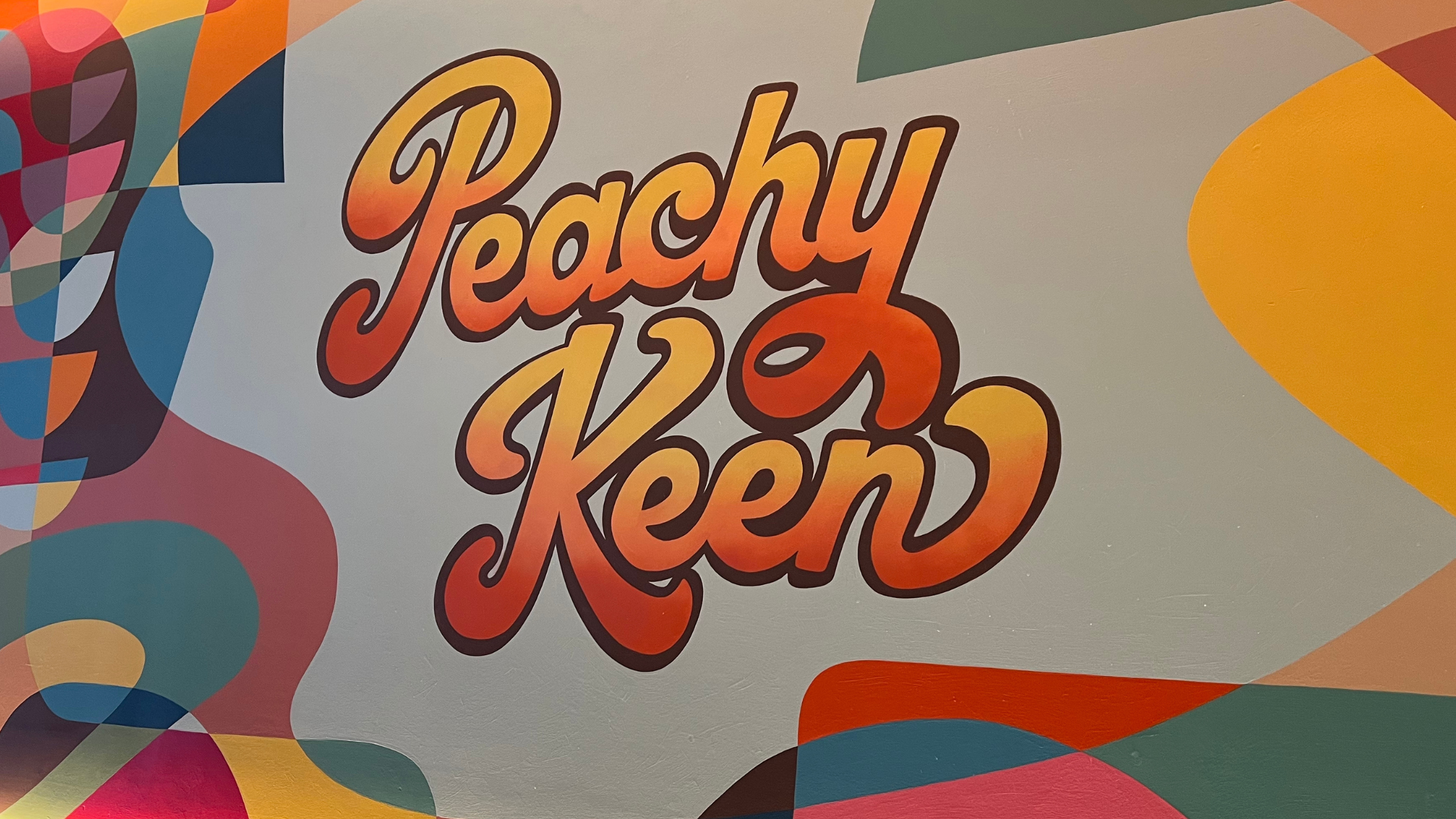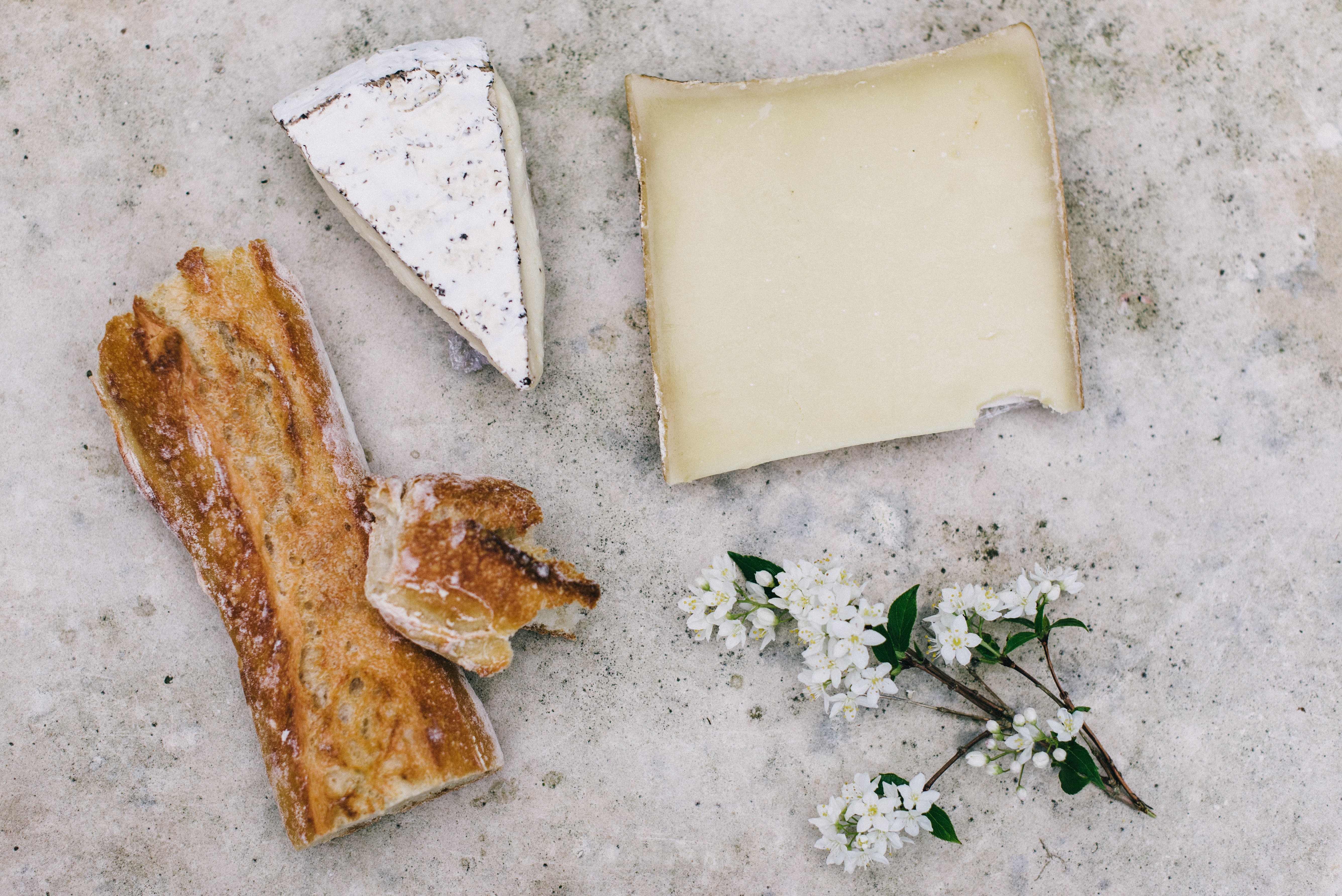
If you have preconceived notions of what a French cheese shop should look like, you might wonder how well a fromagerie would fit in Nolita, surrounded by high-end boutiques like Le Labo and Aimé Leone Dore. Luckily, French Cheese Board is not interested in recreating your reductive version of a French cheese shop. You won’t find wood accents, warm lighting, or wicker baskets lined with baguettes and bundles of chives. Instead, the store’s thoughtfully designed new space on Spring Street, one block over from its original location, has itself taken on the spirit of a luxury boutique—a fromage atelier of sorts—blending in seamlessly with the rest of the neighborhood in the process. If it stands out at all, that’s only because it’s more sophisticated than the non-dairy ateliers around it.

The store’s noticeable departure from the traditional fromagerie aesthetic can be explained by the fact that French Cheese Board doesn’t just sell cheese. It’s part cheese shop, part art exhibition, and part teaching lab. More than anything, though, it’s a celebration of French cheese—a venue for learning about and tasting the best that France has to offer. Shortly after the store reopened, I was able to partake in that celebration while getting a look at the new space during an evening of rosé and fromage.
Prior to visiting, every time I saw the name French Cheese Board, my first thought was not of an actual cheese board, but a board of directors for cheese—a cohort of dairy-minded individuals making fromage-based decisions for the whole of France. I wrote this off as another defect in my brain, but it turns out I was right (kind of). French Cheese Board is, in fact, a subsidiary of CNIEL, an organization that represents stakeholders in the French dairy industry, which explains the store’s focus on how its cheese is produced and sourced.

French Cheese Board’s mission to help people explore the world of cheese in France is evident throughout the store. Paris-based agency Ich&Kar created engaging, informative design elements for the original shop, and almost all of them have made their way into this new, roomier space. One of the first things you notice are the detailed diagrams on the walls, illustrating everything from how to properly cut different types of cheese to the specific breeds of cow that produce a Camembert, Neufchâtel, or Roquefort.
Of course, an expertly curated selection of les fromages préférés des France is front and center as well, along with an assortment of proper accoutrements (cornichons, artisanal honey, charcuterie boards, cheese knives, Dijon mustard, etc.). There’s also a well-appointed cooking lab downstairs, which will primarily be used for hosting classes and demonstrations.
 What stands out most about the space, though, is its gallery-like infusion of art. Toward the back of the main floor is an array of screens—all of which blend into the store’s black walls—looping digital art that’s meant to visually express the sensual pleasures cheese evokes. Across from that is a blank wall, which at the time displayed a projection of a scrolling vignette: pastoral life in rural France as viewed from the eyes of a person who (we’re left to assume) is deep into an LSD trip. We should all live so well.
What stands out most about the space, though, is its gallery-like infusion of art. Toward the back of the main floor is an array of screens—all of which blend into the store’s black walls—looping digital art that’s meant to visually express the sensual pleasures cheese evokes. Across from that is a blank wall, which at the time displayed a projection of a scrolling vignette: pastoral life in rural France as viewed from the eyes of a person who (we’re left to assume) is deep into an LSD trip. We should all live so well.
The event I attended was billed as “Fromages et Vin Rosé: l’Accord Fraîcheur” (“Cheese and Rosé: The Fresh Pairing”). Matching the textures and flavors of cheese with rosé can be tricky given that you have to find something delicate enough to not overwhelm the wine. Fortunately, we had Anna Viducic of Aroma Wine Co. and John Braga, the store’s cheesemonger extraordinaire, to guide us, and they took turns explaining the tasting notes of several rosés and cheeses and why the pairings worked as well as they did.
Anna took us through an oenological tour of France, explaining the finer points of making rosé and how the terroir in and around specific vineyards affects the flavor. We tasted wines from Côtes-du-Rhône, Provence, and Champagne, all of which were far and away better than the rosés I’m used to. Sipping Provençal wine and talking about the way the salty air affects the grapes, I could have been standing in a vineyard in the South of France (this illusion was abruptly interrupted by the 6 train).

The cheeses also came from all over France: the Alps, French Basque Country, the Vosges Mountains. There was Le Roulé, a soft cow’s milk cheese with garlic and herbs that has the texture of whipped butter and would be fantastic spread on a bagel. We tasted a fresh, feta-style cheese from Occitanie in the South of France, a bleu cheese from Auvergne, and a triple cream from Champagne.
One standout was the Comté, a Gruyère-esque offering that John explained is the fromager’s cheese of choice. An alpine cheese, Comté is unexpectedly complex, rewarding the taster who goes back for more. Which I did. A lot. My favorite, though, was the Ossau-Iraty, which was new to me. Made from specific breeds of sheep in the Ossau Valley and Iraty Forest (hence the appellation), it’s similar to a Manchego, with a slightly sweet flavor and an aroma that reminded me of freshly caught fish in the absolute best way.
The pairings were amazing, especially given the tall task, and I learned a lot more about rosé and French cheese than I knew before. It’s absolutely worth making the trip to Nolita to look around the shop, chat with John about cheese (did you know that it basically never goes bad? because I didn’t), and pick up a nice St-Nectaire or Valbreso to impress your friends with. Just don’t bring your antiquated ideas about cheese shops please.

